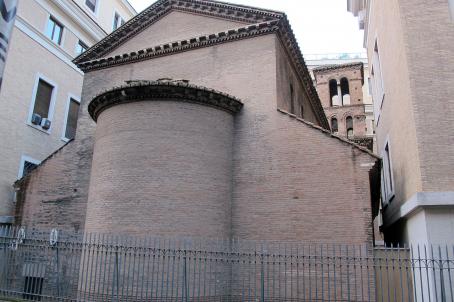Basilica of St. Peter




The Basilica of St. Peter, is the largest Christian church on the planet and considered one of the most sacred places of Catholicism. Churches have been built on the site of the basilica since the fourth century. The construction of the current building began on April 18, 1506, under Pope Julius II, and was completed on November 18, 1626. The building is the work of some of the most renowned architects in history, such as Donato Bramante, Miguel Ángel or Bernini.
St. Peter is traditionally the site of the papal coronation, but it was also, under the impetus of Charlemagne in 800, the coronation church of the first Holy Roman Emperors.





